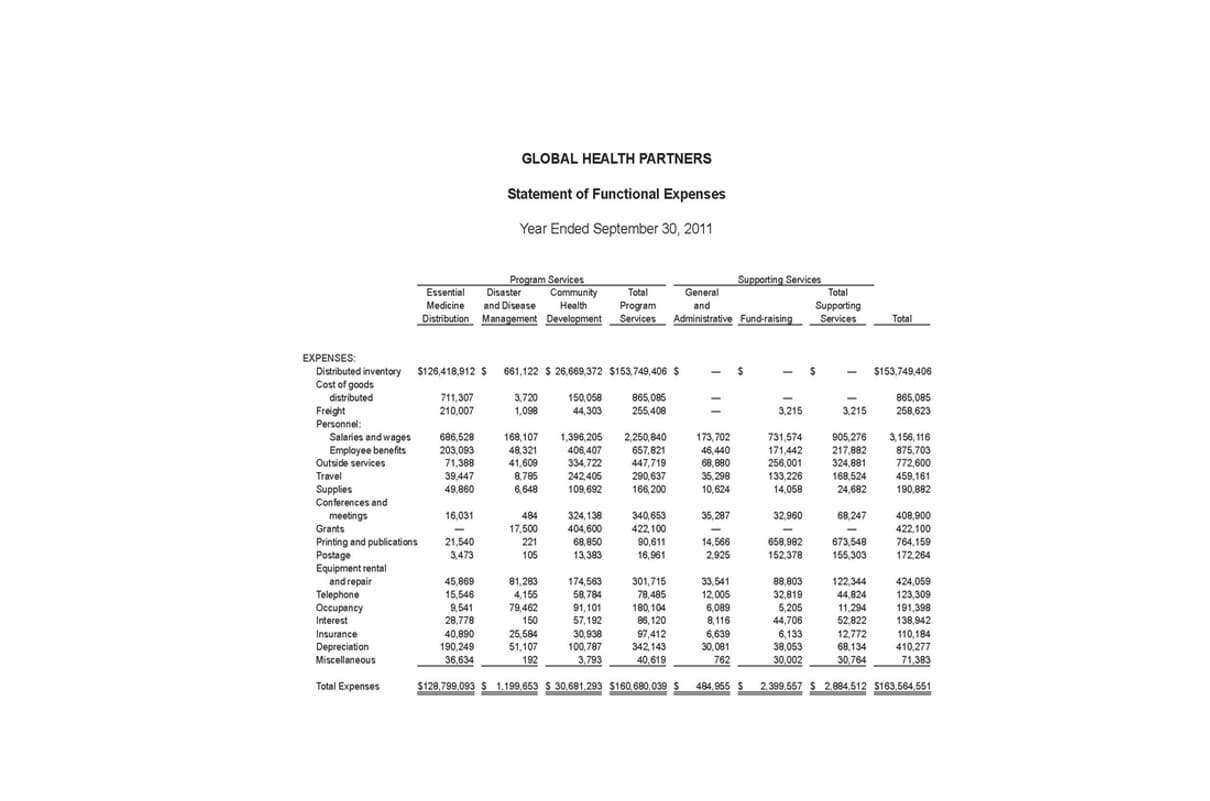
The fully diluted number of shares indicates how many outstanding shares there could potentially be if all existing equity instruments were converted into common stock. To understand the calculation of outstanding shares, let us take an example of a company that has recently issued 1000 shares. Out of these, 600 shares are issued as floating shares for the public, and 200 shares are issued as restricted shares to the company insiders.
Add the Preferred and Common Stock, Then Subtract the Treasury Shares
This article has been prepared on the basis of internal data, publicly available information and other sources believed to be reliable. The information contained in this article is for general purposes only and not a complete disclosure of every material fact. The article does not warrant the completeness or accuracy of the information and disclaims all liabilities, losses and damages arising out of the use of this information. Readers shall be fully liable/responsible for any decision taken on the basis of this article.
Understanding outstanding shares
Companies typically use reverse splits to increase their share price to meet minimum exchange listing requirements. Although this decreases liquidity due to fewer shares, it can deter short sellers by making it harder to borrow shares for short selling. A company considers the total amount of shares it has authorized to issue and has issued to shareholders, including both outstanding and treasury shares, as issued shares. Companies include authorized but unissued shares that have not yet been offered to investors in the number of issued shares. Basic outstanding shares refer to the total number of issued and outstanding shares of a company’s equity. Outstanding shares are the total quantity of shares of a company’s stock issued and owned by institutional investors, individual investors, and insiders.

Preferred Shares
Company A has issued 25,800 shares, offered 2,000 shares to two partners, and retained 5,500 stocks in the treasury. A recent example of a reverse stock split is General Electric’s (GE) 1-for-8 reverse stock split during the summer of 2021. The company can increase or decrease the number of shares outstanding by issuing new shares or via share repurchases (buybacks).
- Outstanding shares have a huge impact on other financial parameters and fluctuation in the ratios can affect investors.
- Shares that a company buys back from the open market, reducing the total number of outstanding shares.
- When this takes place, a company’s outstanding shares increase, and a higher degree of liquidity results.
- This article has been prepared on the basis of internal data, publicly available information and other sources believed to be reliable.
- You can calculate the outstanding shares using two numbers – the total number of shares issued by the company and treasury shares held by the company’s investors.

On the other hand, stock issuance occurs when a company issues more shares to the market, which increases the number of outstanding shares. This can occur when a company needs to generate funds via a public offering or private placement. The existing shares become less valuable since the same earnings Law Firm Accounts Receivable Management are divided among more shares when the number of outstanding shares increases. The weighted average number of outstanding shares is sometimes used instead of the actual number since it provides a more realistic picture of the company’s performance over time. This calculation takes any variations in the number of shares outstanding during the period.
How to Calculate Outstanding Shares: The Basics
- Outstanding shares can also be used to calculate some key financial metrics, including a company’s market cap and its earnings per share.
- Information is also available in the footnotes to the financial statements and the management’s discussion and analysis (MD&A) part of the filings.
- Basic outstanding shares and diluted outstanding shares are two methods for calculating a company’s total number of outstanding shares.
- The calculation of diluted shares can affect earnings per share (EPS), a crucial financial indicator used to evaluate a company’s profitability.
- It will, therefore, miss shares that have been issued but are not outstanding, such as treasury stock.
The board of directors or shareholder vote may increase the number of authorized shares. Redeemable shares are a type of share that can be bought back or redeemed by the issuing company at a later date. Redeemable shares give an option to the company to repurchase its own stock if it needs to reduce the number of outstanding shares or change its capital structure. Let’s say that a company has authorized 10,000 shares of stock, and it has sold 8,000 of these shares to investors.
What is the difference between Outstanding Shares and Float Stock?
A company must disclose the total number of outstanding shares since it is an essential statistic for investors and analysts to evaluate the performance and financial health of the company. By disclosing the number of outstanding shares, a company gives investors transparency and enables them to make educated decisions. In addition, it assists management in understanding the shares outstanding formula company’s performance and making strategic decisions on future stock issuances or buybacks. A company’s market capitalization will increase proportionally to the number of outstanding shares if the market price per share remains constant. The market capitalization will also fall if the market price per share remains constant and the number of outstanding shares declines. Diluted shares reflect the possible dilution of a company’s shares due to the availability of stock options, warrants, convertible bonds, and other convertible securities.

A new psychedelic drink has investors intrigued
Information is also available in the footnotes to the financial statements and the management’s discussion and analysis (MD&A) part of the filings. To determine accounting the outstanding shares, you must deduct the number of repurchased or retired shares from the total number of shares issued by the company. Outstanding shares work in the same manner that when a company decides to issue stock, it produces new shares that investors can buy and sell. These shares are sold in an initial public offering (IPO) or later secondary offers. The shares become outstanding and can be traded on the open market when sold. Navigating the world of outstanding shares is essential for anyone involved in the financial markets.
You can also find the company’s balance sheet in its annual report, which can often be found on the company’s website. It excludes closely held shares, which are stock shares held by company insiders or controlling investors. These types of investors typically include officers, directors, and company foundations. Lockups aside, long-standing investors such as founders or venture capital backers may have their own restrictions on selling, or may have signaled that they have no intent to do so.